Children’s play areas can become unsanitary swiftly, as they often touch everything in sight, and their toys provide immense comfort and happiness, being constant companions in all situations. Frequent use and adoration can lead to wear and tear on these toys. However, with proper care and maintenance, these treasured playthings can be kept in excellent condition. Ensuring they are clean and safeguarded from allergens and germs is crucial for the well-being of your child’s favorite toys, keeping them safe and durable for the long term.
Understanding cleaning vs. disinfecting toys
Cleaning involves removing visible dirt from toys, whereas disinfecting aims to eliminate invisible bacteria and spores. Mild cleaning agents are typically used for cleaning, while stronger solutions like bleach, hot water, or steam are employed for disinfecting purposes.
Importance at daycares
Child care providers must prioritize the health and safety of the children in their care. While fostering play and affection is vital, it can also lead to germ transmission. Thus, child care workers should actively clean and sterilize toys and surfaces to reduce the risk of common illnesses. Neglecting this responsibility could result in significant health risks for the children.
Guidelines for cleaning and disinfecting baby toys
Regularly disinfecting and cleaning baby toys and clothes is essential. Special attention is required when sanitizing toys for infants, who are more susceptible to germs due to their less developed immune systems. Ensuring that the toys are thoroughly clean and safe for use is of utmost importance. Toys should be cleaned when they are dropped, gather dust, or get contaminated with urine, water, or food, as well as when the child is unwell.
Dishwasher cleaning for plastic baby toys
Solid plastic toys without porous surfaces or water-storage holes can be safely cleaned in a dishwasher. Use a temperature of 150°F to eliminate harmful germs. The sanitizing or heat-rinsing setting of a dishwasher is typically hotter.
According to Whirlpool, dishwashers can eliminate 99.99% of food soil bacteria. However, when using a dishwasher for your baby’s toys, opt for a gentle cycle to prevent heat damage. Plastic toys can also be wiped with sterile water and washed with dish soap, followed by a rinse with a mild soap solution.
Washing plush toys in the washing machine
Plush toys and cloth books can generally be washed in a washing machine. If the toy is sturdy, use the sanitizing cycle for washing and drying, but always check the manufacturer’s care instructions first, especially for new toys.
Start by placing the plush toys in a pillowcase and securing it. Select a gentle wash cycle with warm water and a mild spin.
Dry the toy in the dryer on low heat, still within the pillowcase, or use a dryer rack if available to dry without tumbling.
For a gentler approach, use a hair dryer on a moderate heat and speed setting. To fluff the fur, switch to a medium setting when the plush is slightly damp.
Disinfecting wooden baby toys with vinegar
Wooden toys, known for their durability and educational value, have natural antimicrobial properties not found in plastic or fabric toys. To disinfect them, use a mixture of vinegar and water, but avoid soaking them in the solution.
Caring for wooden toys requires more attention than expected. Immersing them in warm soapy water can cause damage. Create a cleaning solution using distilled white vinegar and water. For tough stains, use rubbing alcohol, followed by a rinse with clean water. Wooden furniture can also be disinfected with antibacterial soap.”
How Frequently Should Toys Be Cleaned?
Maintaining clean toys is essential for a healthy environment. The frequency of cleaning should be adjusted based on how often they are used. Standard cleaning practices are sufficient if your child is healthy, but if they are ill or have the flu, it’s crucial to clean and sterilize more frequently, and again once they recover.
Cleaning Hard Plastic and Bath Toys
Regular sanitation of hard plastic and bath toys is recommended for hygiene. Wooden toys should also be disinfected and cleaned weekly to prevent germ and bacteria accumulation, ensuring a safe and healthy environment.
Maintaining Plush Toys
Since most kids adore plush toys and many are machine washable and dryable, maintaining their cleanliness is straightforward. For non-machine washable plush toys, spot cleaning is the recommended method for upkeep.
Sanitizing Baby Toys
Frequent cleaning of baby toys is vital, especially those that babies put in their mouths or play with on the ground. Some toys need cleaning every one to two days, while others require weekly cleaning, an essential step for your child’s health and safety.
Cleaning Electronic Toys
Electronic toys can only be surface wiped, limiting full sanitization. Weekly cleaning, especially when a child is sick, is important to minimize germ spread and maintain safety.
Disinfecting Baby Toys Safely with a Fortador Steam Cleaner
Steam cleaning is an increasingly popular method for disinfecting various items, including toys, due to its environmental benefits and effectiveness in eliminating over 99% of harmful microbes.
However, using a large diesel-powered steamer may not be practical for all cleaning tasks. For home use, including toy cleaning, a portable steam cleaner is a more versatile and safe option.
Cleaning Non-Washable Plush Toys
To clean plush toys that can’t be machine washed, a portable steam cleaner is effective. Ensure children are not around during cleaning to prevent any potential harm. The Karcher steam cleaner, with its balance of pressure, speed, and temperature, offers thorough cleaning and disinfection without altering the toy’s shape.
Sanitizing Baby Bath Toys with a Steam Cleaner
A steam cleaner is useful for cleaning and disinfecting various household items, including toys. When cleaning plastic toys, be cautious with the steam to prevent melting. After sanitizing, wipe the toys with a dry cloth.
For stuffed toys, use the steam cleaner with a brush attachment to reach into the fibers, followed by wiping with a dry cloth.
To clean wooden toys, use similar methods as for plastic toys. To ensure thorough drying, especially on the inside, place the toys in the sun after wiping with a cloth
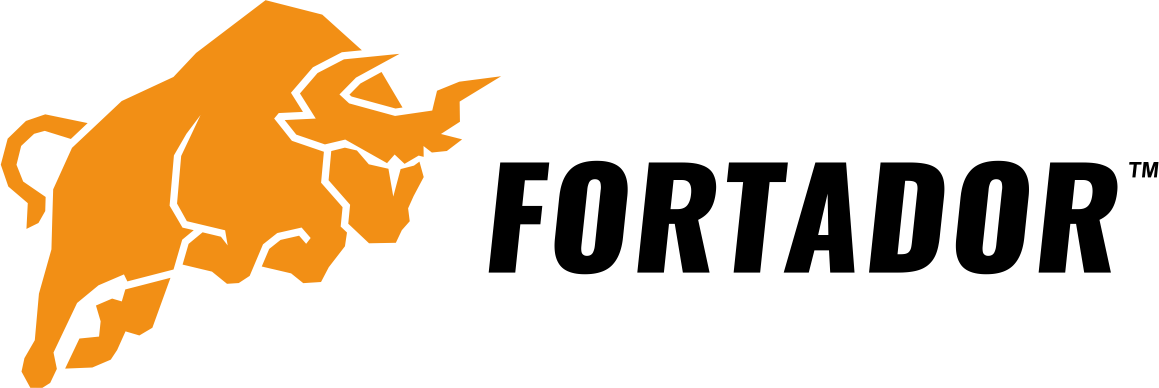
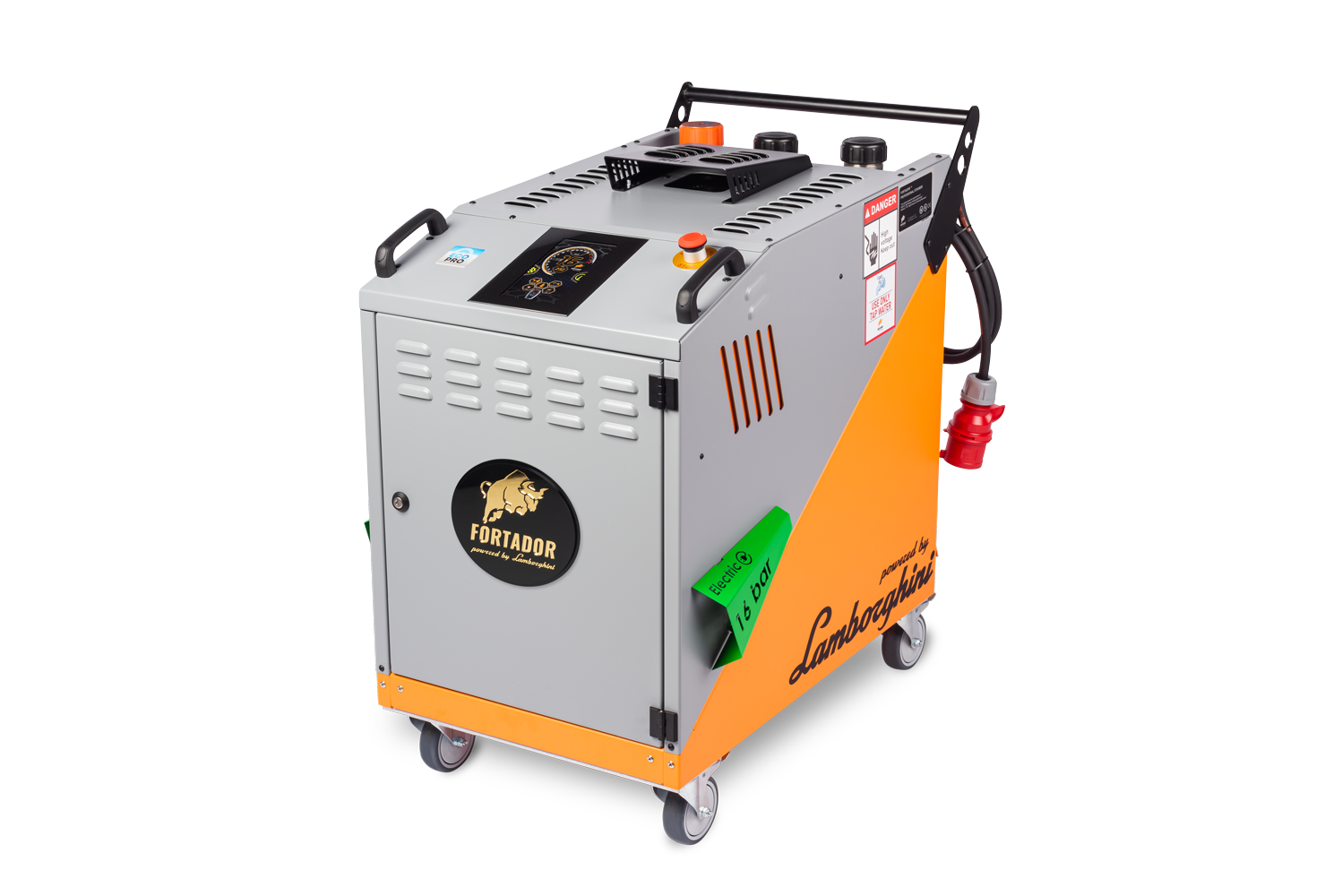
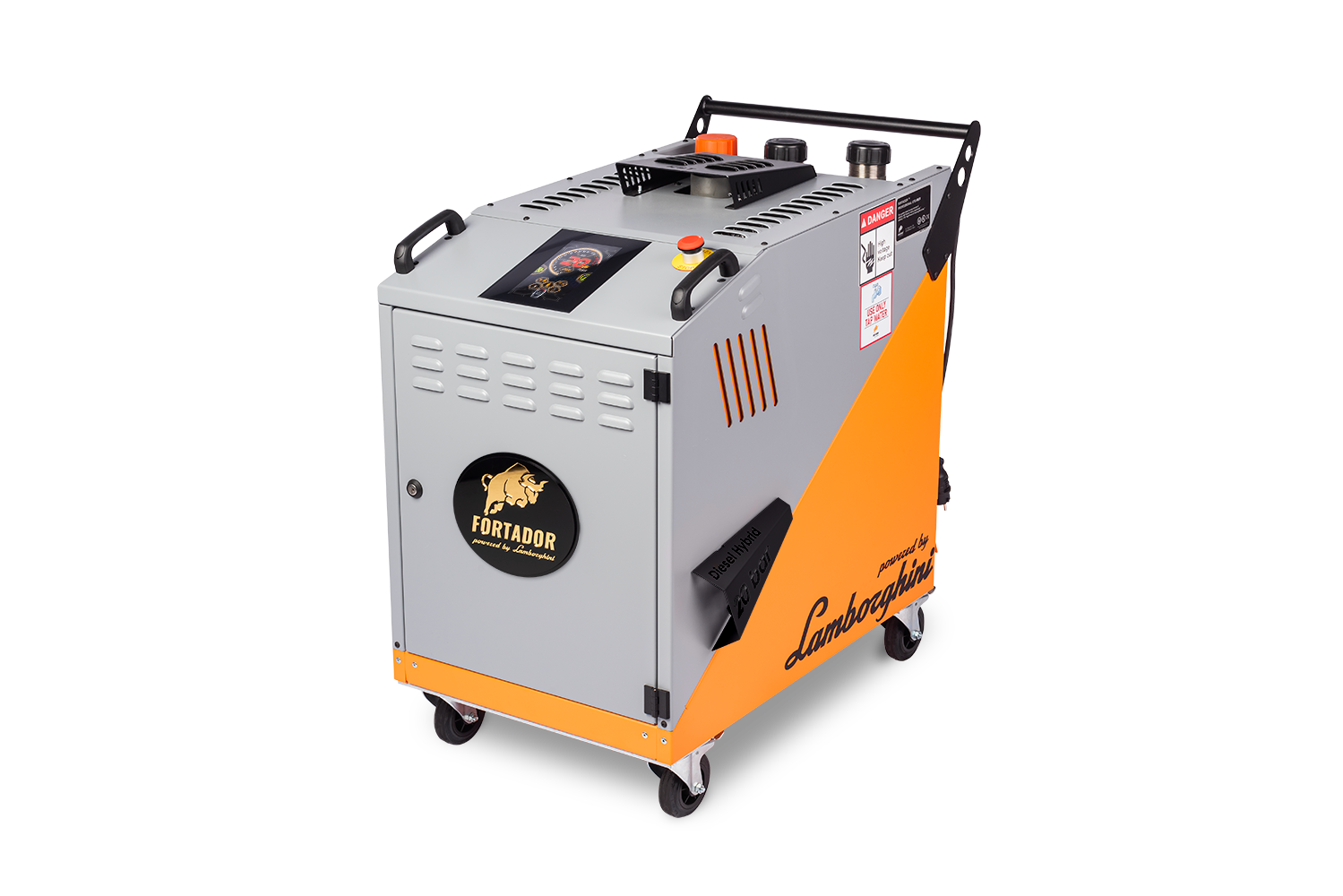
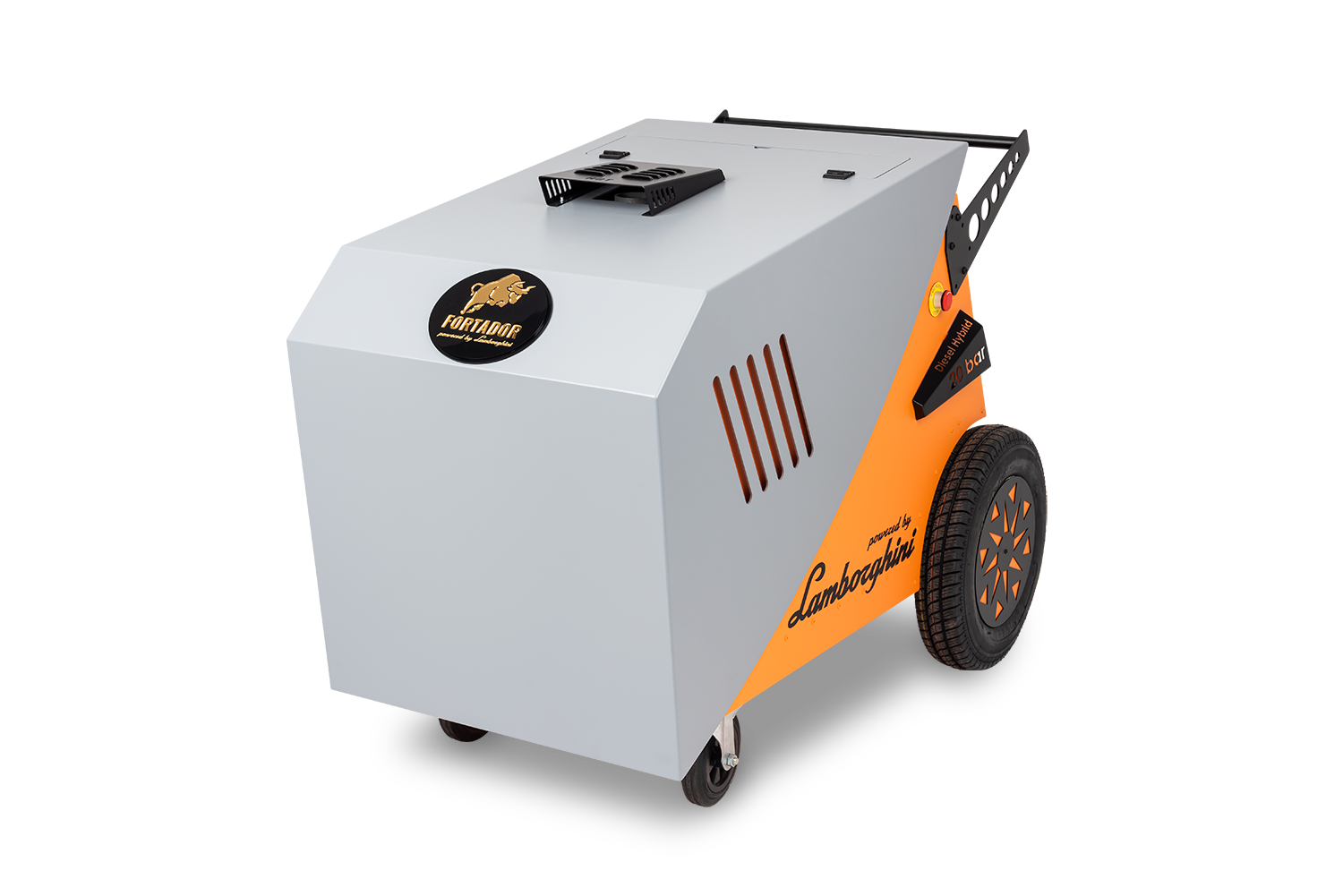



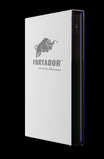
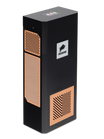
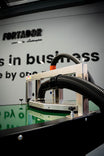
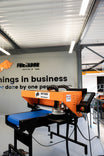
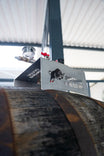



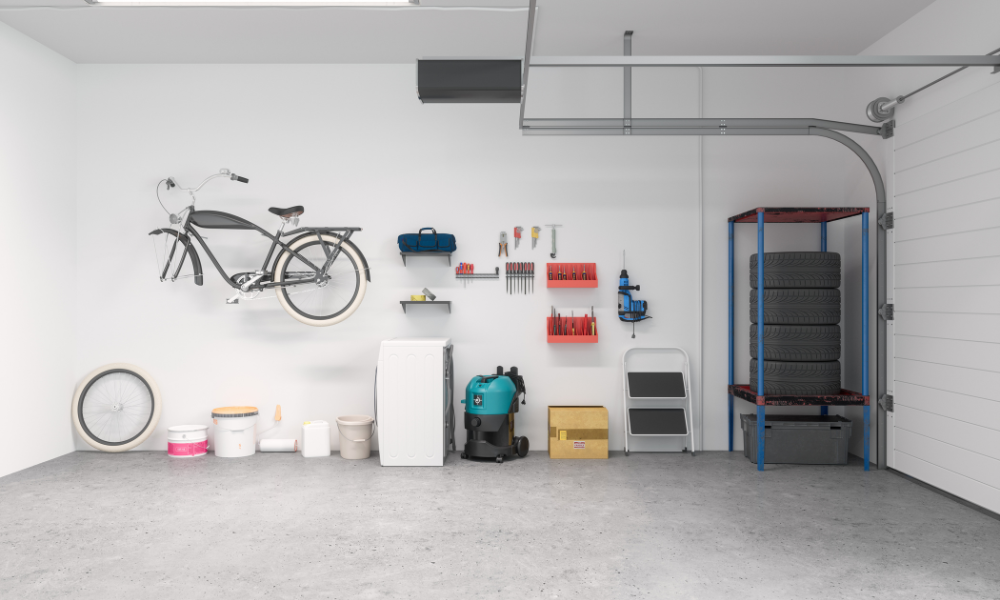



Leave a comment
This site is protected by hCaptcha and the hCaptcha Privacy Policy and Terms of Service apply.